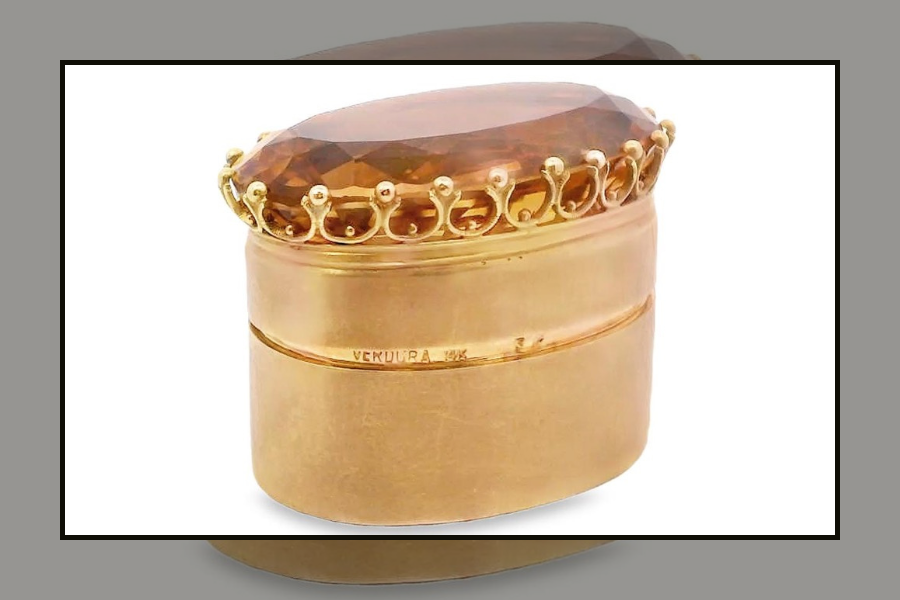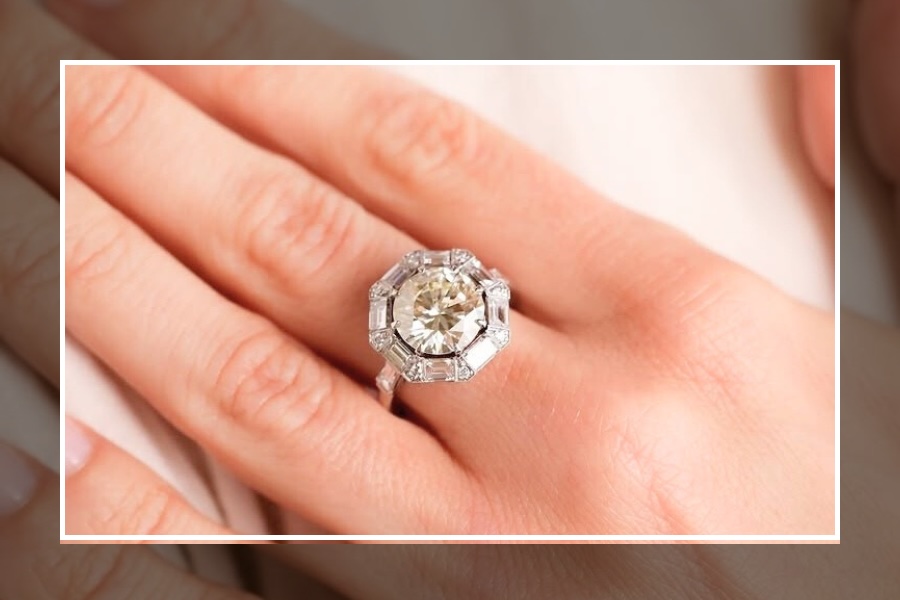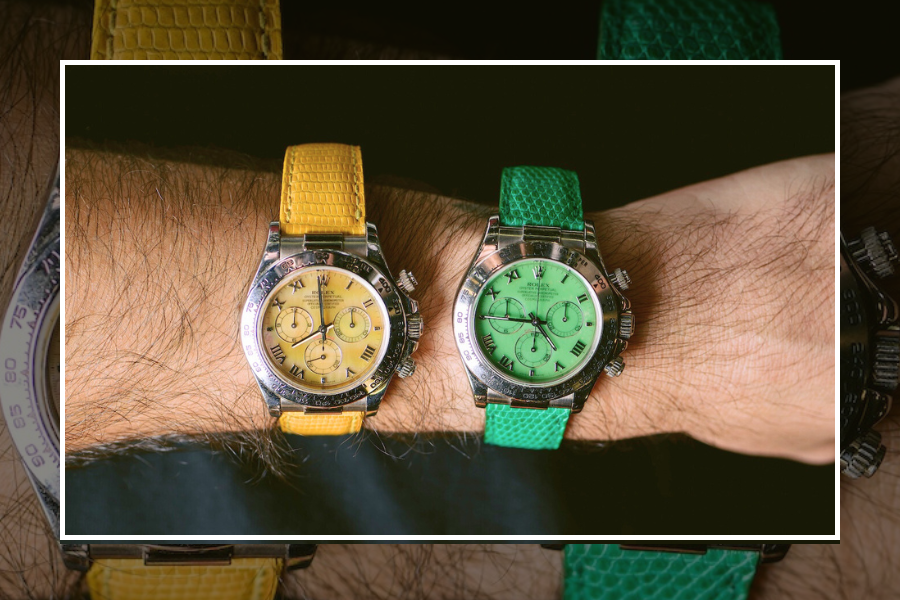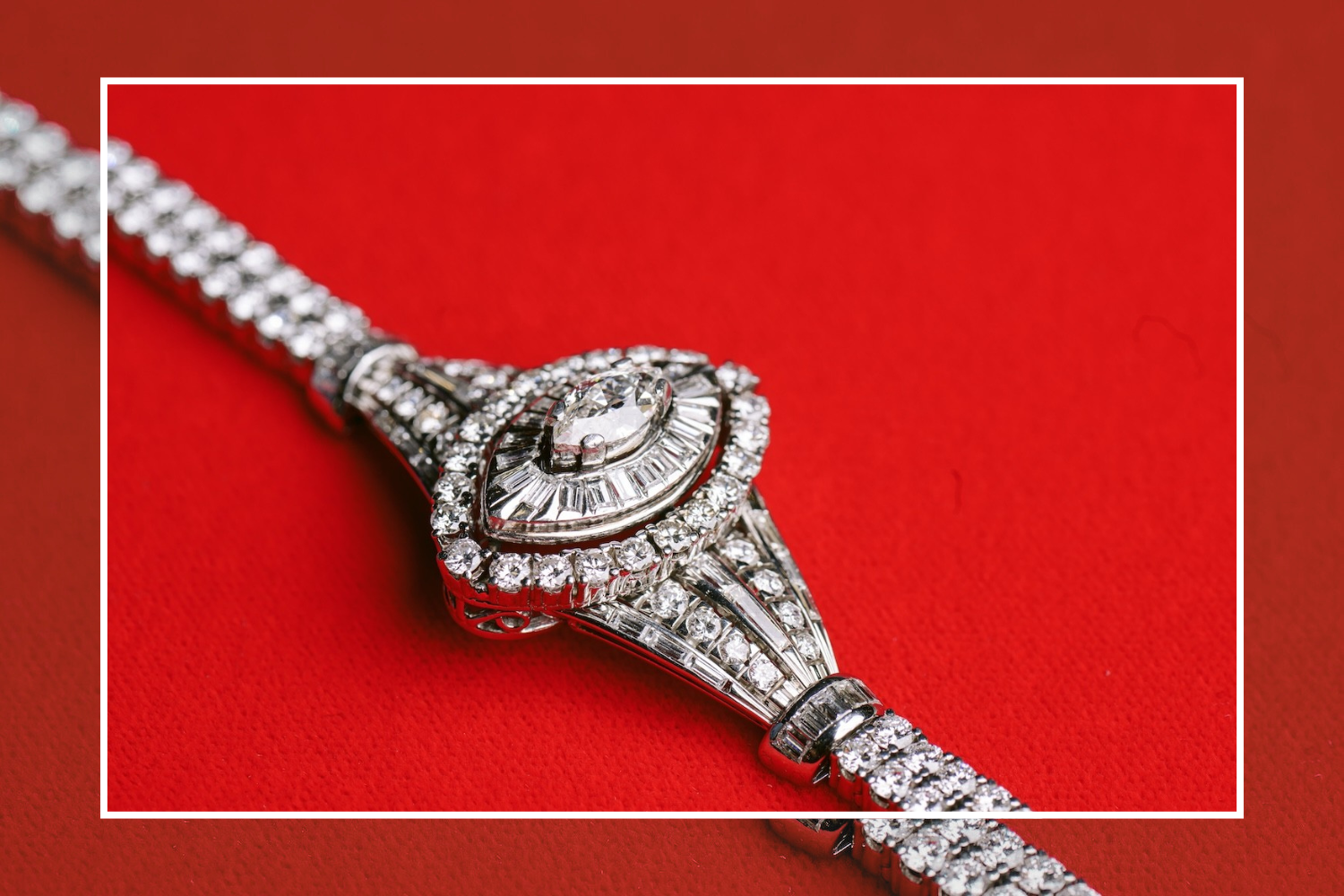Excerpt from The Adventurine by Marion Fasel on Substack. Click here for the full story.
Irreverent, joyful and totally glamorous, Flato jewels were wildly popular among Hollywood stars and New York socialites during the 1930s and early ‘40s. Today, however, the jewelry and its founder, Paul Flato, are relatively unknown, and pieces from the American label rarely appear on the market.
But Flato has been on my mind lately.
A few weeks ago at the Toledo Museum of Art I had the opportunity to revisit some jaw-dropping Flato in the exhibition Radiance and Reverie: Jewels from the Collection of Neil Lane. I wrote about the pieces in an essay for the exhibit catalogue, “The Shapeshifting Glamour of Jewelry in the Golden Age of Hollywood.”
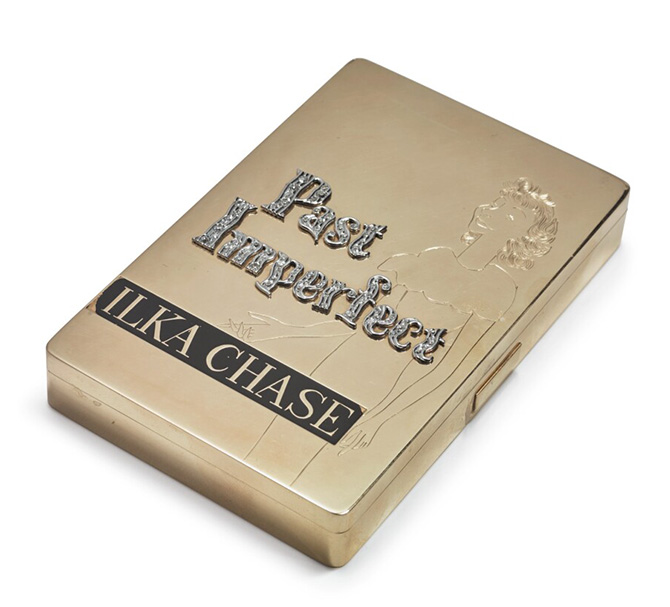
Ilka Chase’s Flato box from Legacy Vintage Jewels
Earlier this year, I was reminded of Flato’s special commissions when Coconut Grove exhibitor Daniel Saidian of Legacy Vintage Jewels showed me the gold cigarette box that Vogue editor-in-chief Edna Woolman Chase ordered for her daughter, Ilka Chase, in 1942. A well-known item among Flato enthusiasts, Ilka’s box depicts the cover of her memoir Past Imperfect: The Indiscretions of a Lady of Wit and Wisdom.
Then there was the indelible moment last October when actress and world-class jewelry collector Jennifer Tilly introduced Flato to a wide swath of the public. In a promotional photo for The Real Housewives of Beverly Hills, she wore her aquamarine and ruby necklace, which is on the cover of Paul Flato: Jeweler to the Stars by Elizabeth Bray.
Paul Flato brought Southern hospitality and humor to New York
Born in Shiner, Texas on September 1, 1900, Flato didn’t carry the baggage of a stuffy East Coast background when he moved to New York City in the early 1920s. After briefly attending Columbia University’s Business School, he brought high spirits and wit into the jewelry industry. Clients and the trade adored him and by the time he was just 28, he had established himself well enough to launch his own upstairs jewelry salon at One East 57th Street.
One of Flato’s endearing characteristics was an ability to tell tall jewelry tales. He liked to recount a story, which he swore was true, about when socialite Florence Gould was seated next to Louis Arpels of Van Cleef & Arpels at a dinner. As she told Mr. Arpels, “Paul Flato is my jeweler,” her necklace came unfastened and fell into her soup.

A Flato flower sapphire and diamond bracelet from the Collection of Neil Lane. Photo by Lendon Flanagan.
Flato’s design team was unlike any other anywhere, ever.
The Italian designer, duke Fulco di Verdura, arrived at Flato from the House of Chanel after being introduced by Diana Vreeland. The press acknowledged Fulco’s esteem by giving him credit for his Flato pieces.
Josephine Forrestal, wife of FDR’s Secretary of the Navy, blew into Flato’s salon with some rough sketches in the 1930s. He liked them so much he said, “Won’t you sit down and stay?” Though she was no nine-to-fiver, Josephine did come up with Victorian inspired “wiggly” (read en tremblant) diamond clips.
When Josephine brought her friend Millicent Rogers to work one day, the Standard Oil heiress lingered just long enough to dream up “puffy” hearts, a design Flato transformed into brooches and earrings.
Head Designer Adolph Klety, a master draftsman, rendered the bulk of the designs in the collection. Designer George Headly whipped up gold jewelry and bibelots

The Flato boutique in Los Angeles in 1938. Maynard L. Parker, photographer. Courtesy of The Huntington Library, San Marino, California
Flato becomes a Hollywood blockbuster
Celebrities immediately embraced the fun and fabulosity of Flato when he opened a chic boutique on Sunset Plaza at 8637 Sunset Boulevard in 1938.
Screen star and drama coach Constance Collier worked with him. Acclaimed songwriter and composer Cole Porter namechecked Flato in his 1938 song “Yes, Yes, Yes.” Show business legends Charlie Chaplin, Fanny Brice and Hedda Hopper were among the many who turned up for his parties.
Flato jewelry started appearing in the movies the year he flung his doors open in La La Land.

Photo: Ad for sign language clips
Flato jewelry tells a story
Flato’s clever daytime jewels broadcast his wit and bold sense of style. The jewels played on themes ranging from Greek myths to astrology and cactus. Sign language gestures inspired the initial clip Katharine Hepburn wore in Holiday (1938).
Launched in 1938, the black enamel, gold and gem-set A and L Sign Language Initial Clips featured in the advertising campaign were created for screenwriter Anita Loos.
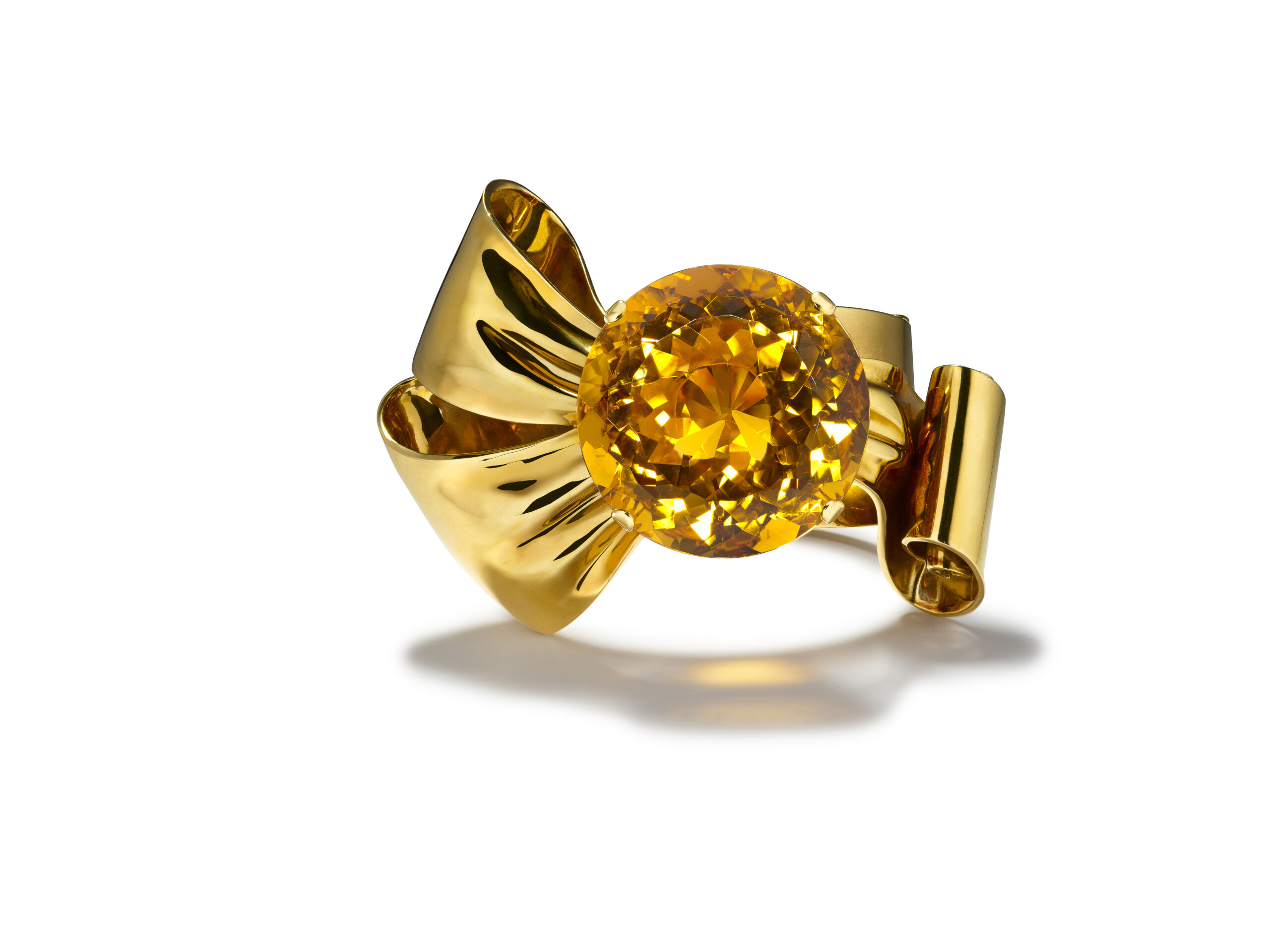
Flato gold and citrine ribbon bracelet from Neil Lane’s collection in the photo by Lendon Flanagan.
Flato achieved unique three-dimensional effects by treating gold like fabric in bangle bracelets. In That Uncertain Feeling (1941), Merle Oberon sported a gigantic gold ribbon bracelet set with a sizable round citrine that illustrates the mode
Flato goes out of business and serves time in Sing Sing
A series of events led to the bankruptcy of Paul Flato’s business and his incarceration in late 1943. The Los Angeles boutique was robbed a couple of times, resulting in serious losses. He extended credit to clients, including Vanderbilts and a Rockefeller, who were slow to pay.
Flato handled the financial pressure with his signature wit, but he was clearly stressed. The jeweler pawned several gems that belonged to others for much less than they were worth to get some quick cash. He was caught and served 16 months at Sing Sing.
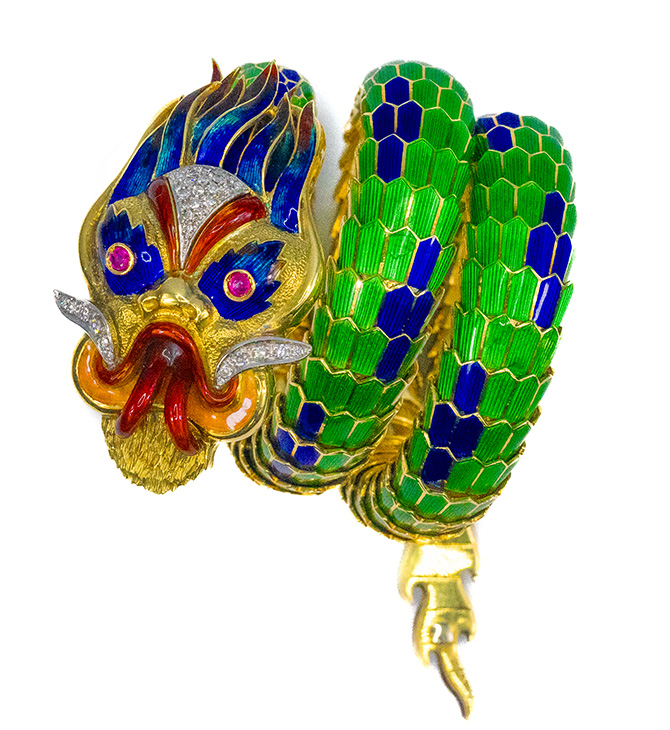
A 1970s Paul Flato gold dragon bracelet decorated with enamel, ruby and diamonds from Legacy Vintage Jewels.
Flato opens a jewelry boutique in Mexico City
After several rocky decades, Flato got back on his feet and opened a tiny but glamorous jewelry boutique in the Zona Rosa neighborhood of Mexico City in 1970. While he was a senior citizen his new jewelry was perfectly in sync with the era, and it maintained the joy and wit of his previous collections. The store’s popularity with tourists and locals alike ushered Flato back into high society.
In 1985, after a devastating earthquake hit Mexico City, Flato’s family convinced him to retire at age 85 and return to Texas. The jeweler died in 1999.
Marion Fasel writes about history and contemporary trends in The Adventurine newsletter on Substack. She is the author of 11 books focusing on 20th-century jewelry design. In 2021, Marion curated the exhibition Beautiful Creatures: Jewelry Inspired by the Animal Kingdom at the American Museum of Natural History in New York.


